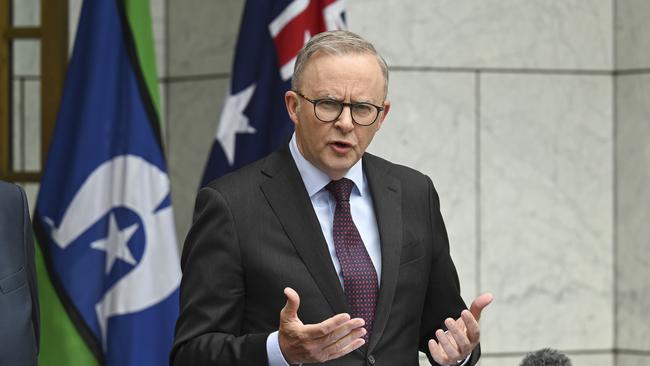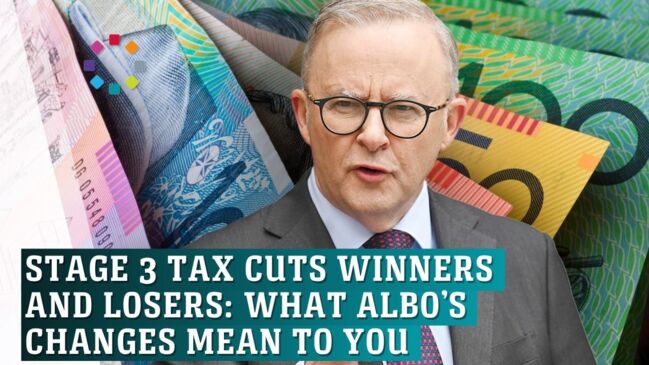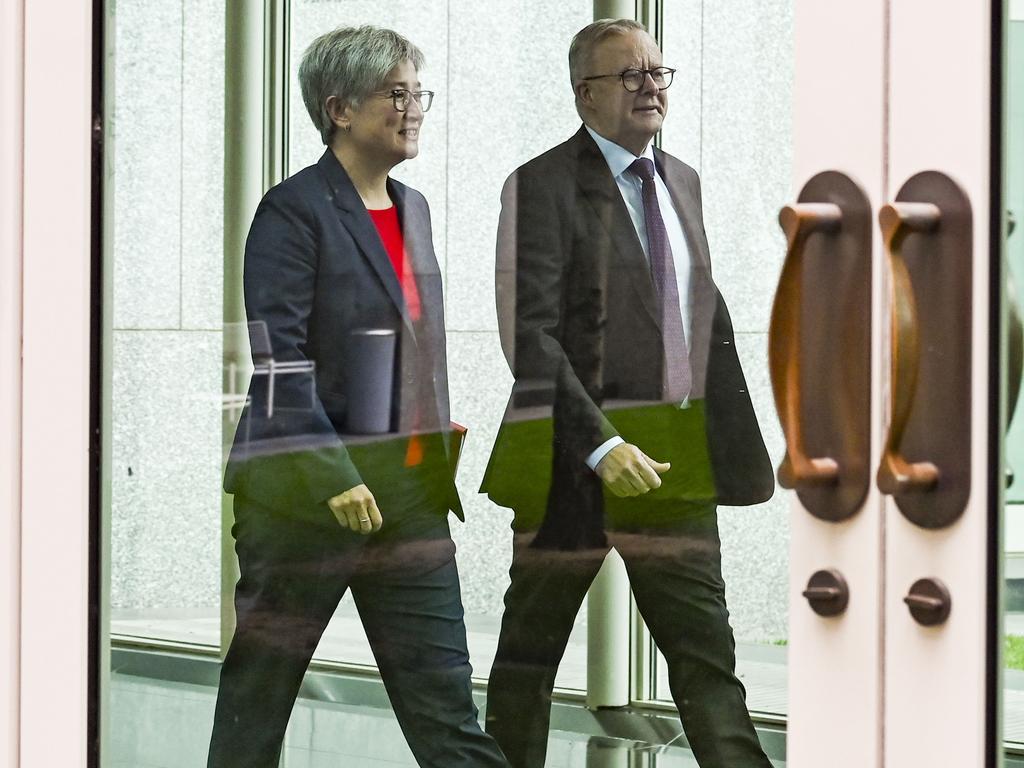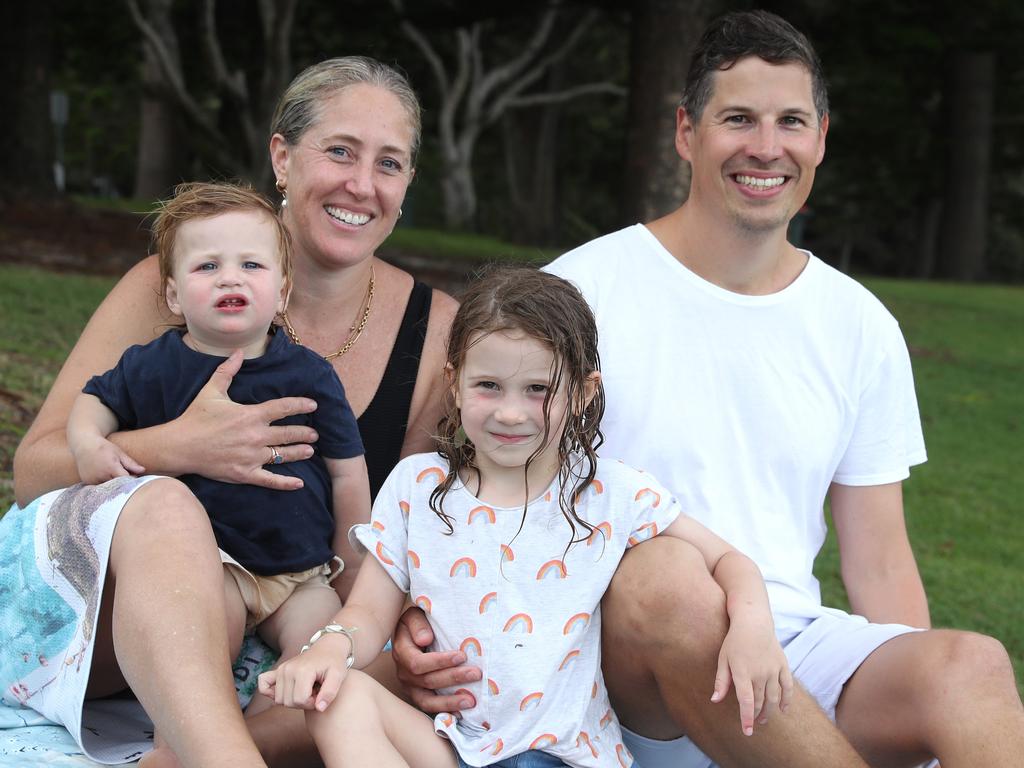Treasury revenue forecast in doubt, say economists
Economists have cast doubt over Treasury’s prediction that the revamped stage three tax cuts will raise more than $1bn in the next financial year.

Economists have cast doubt over Treasury’s prediction that the revamped stage three tax cuts will raise more than $1bn in the next financial year, saying it would mean Labor’s plan would not add to inflationary pressures but leave middle-income workers with a long wait for much-needed cost-of-living relief.
Official Treasury advice released by the government on Thursday surprised analysts by estimating the proposed amendments to the final step of the comprehensive Coalition-era income tax reform would lift government revenue by $1.3bn in 2024-25 after coming into effect on July 1.
Treasury has redesigned the stage three tax cuts, which heavily favoured higher income households, into a cost-of-living relief measure for middle-class Australians that have been hardest hit by soaring interest rates, saying the lowest income households that will miss out have already benefited from support.
Treasury says the redesigned tax cuts will cost an extra $1.3bn over four years and be “broadly revenue neutral” versus the existing plan, and that, as such, they will not pump any additional money into the economy and not put any more pressure on the Reserve Bank to hike interest rates further, or to keep rates higher for longer.
“The redesign will not impact the inflation outlook,” the Treasury advice says, maintaining its forecast for consumer price growth to slow to 2.75 per cent by mid-2025.
But KPMG chief economist Brendan Rynne said the claim that the changes would have only a very limited impact on the budget was “optimistic”, and that “there is a risk it could cost more than the government is assuming”.
Dr Rynne also said putting more money into the pockets of people who are more likely to spend that additional money meant “the changes are likely to be marginally more inflationary than the original stage three proposals”.
“We understand that the government is trying to help more people with the cost of living but it is important to remember that the stage three tax cuts were part of a package of reforms that worked together,” he said.

Independent economist Chris Richardson said there remained a question mark over Treasury’s estimates for a $1.3bn increase in tax revenue in 2024-25 as a result of the changes.
Mr Richardson estimated a cost of about $3bn in the first financial year in terms of revenue forgone, with a number of analysts also calculating a more substantial hit to the budget.
Treasury argues that the benefits for many workers from the changes will be delayed until the following financial year via larger tax returns for those who have, for example, started work or received a large promotion part-way through the year.
Mr Richardson said while it wasn’t unusual for there to be a “cash versus accrual” gap in the first year of a major policy change, there remained a question mark over the official estimate.
And what was good for the budget was not necessarily so for those in line for tax relief.
“Remember that ‘no inflation risk’ also means the extra help for many people will be slow to arrive. If you’re a pressured punter, some of your help will actually be a year and a half away,” Mr Richardson said.
Citi chief economist Josh Williamson said the government’s “Robin Hood” tax changes would add only a marginal 0.05 per cent to inflation in each quarter through the next financial year, and so was unlikely to shift the RBA’s decisions on interest rates – a view widely held among economists.
Anthony Albanese and Jim Chalmers in recent days have declared the last-minute decision to rework the stage three tax cuts – it was only a month ago that Treasury was tasked with fashioning a plan to address cost of living pressures for Middle Australia – was not a political one.
But with a by-election in the Labor seat of Dunkley looming on March 2, Mr Williamson was not convinced.
“We believe the timing of the redistribution package is possibly aimed at arresting the slide in opinion polls and maximising the chances of the government retaining this seat,” he said.
Mr Williamson said there were better ways to help low to middle-income workers deal with the inflationary pressures.
“In making the tax changes, the government has conflated the cyclical issue of inflation with the structural issue of tax bracket creep,” he said.
“We believe the tax changes also do very little to reduce the budget’s reliance on a relatively small number of workers who pay a large amount of all income tax collected.
“A better approach in our view would have been to temporarily extend or increase subsidies or rebates on essential household items such as energy, rents, childcare, healthcare and education.”
By reducing the first tax rate from 19 per cent to 16 per cent – on income between $18,200 and $45,000 – the revamped cuts will result in less bracket creep for 70 per cent of taxpayers over the coming decade, Treasury says.
It calculates that under the new rules, an average worker on $73,000 will have their stage three tax relief eaten up by bracket creep in six years, versus four years under the existing plan.
With fewer benefits going to higher-income workers, however, bracket creep for the top 30 per cent will still be lower under Labor’s plan versus no change, but higher against the legislated rules.
“It remains important to deliver an overall tax cut around the size of the stage three tax cuts to unwind bracket creep and lower average income tax rates. This case is supported by the ongoing improvement in the budget position and adverse impacts of rising average income tax rates,” the advice says.







To join the conversation, please log in. Don't have an account? Register
Join the conversation, you are commenting as Logout